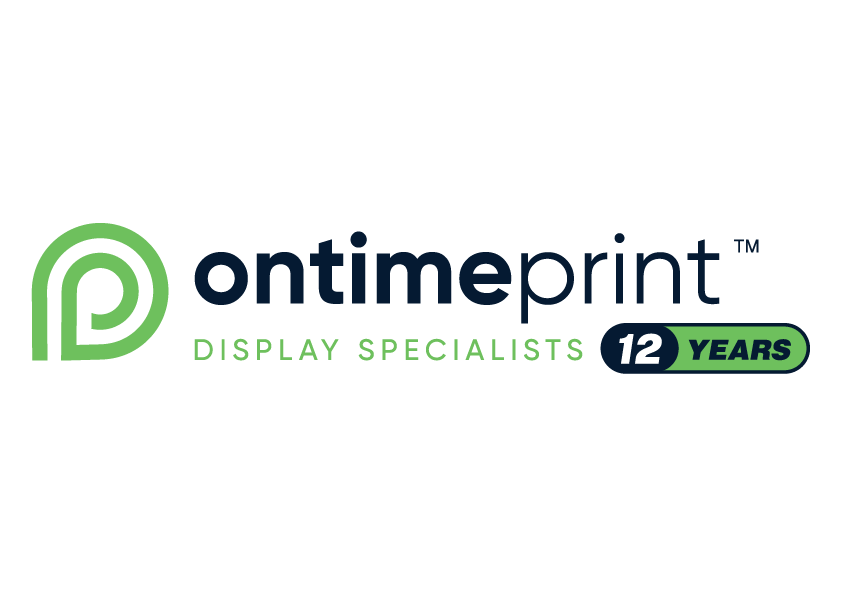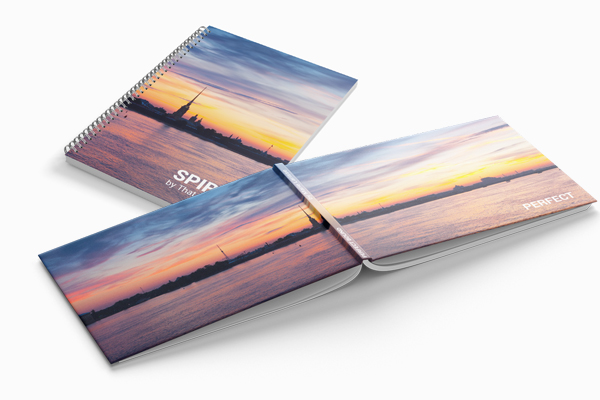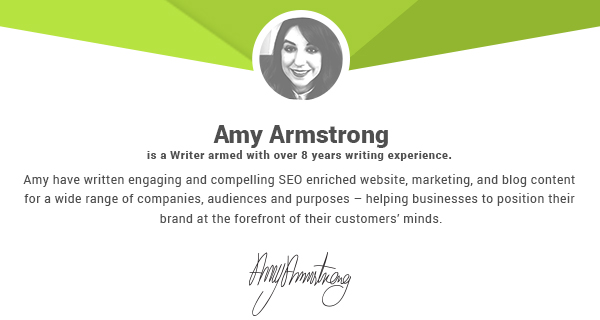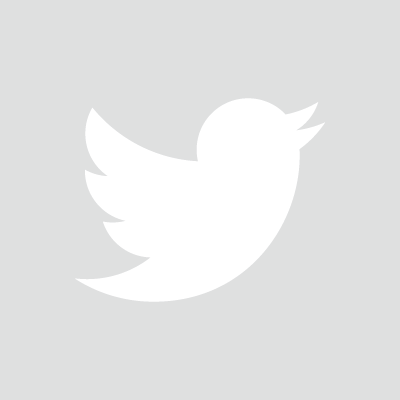PORTABLE FABRIC DISPLAY STANDS
BRANDED DECK CHAIRS
BANNERS
VINYLS
BEACH FLAGS
INFLATABLE EVENT STRUCTURES
PRINTED GAZEBO
GOODY BAGS
BOARDS
TABLECLOTHS
PERSONALISED SWEETS
PROMOTIONAL COUNTERS
EXHIBITION FURNITURE
LED FABRIC LIGHTBOXES
EXHIBITION DISPLAY KITS
EXHIBITION HANGING DISPLAYS
BRANDED MATCHES
MINI GOURMET FLAGS
APPOINTMENT CARDS
STAPLED BOOKLETS
BUSINESS CARDS
NCR CARBON COPY PADS
COMPLIMENT SLIPS
FLYERS & LEAFLETS
FOLDED FLYERS
GREETING CARDS
INVITATIONS
LETTERHEADS
POSTCARDS
POSTERS
STICKERS & LABELS
CORRESPONDENCE CARDS
PRESENTATION FOLDERS
CALENDARS
PERFECT BOUD BOOKLETS
WIRE BOUND BOOKLETS
PLASTIC CARDS
NOTEPADS
ENVELOPES
MINI GOURMET FLAGS
NOTEBOOKS AND DIARIES
